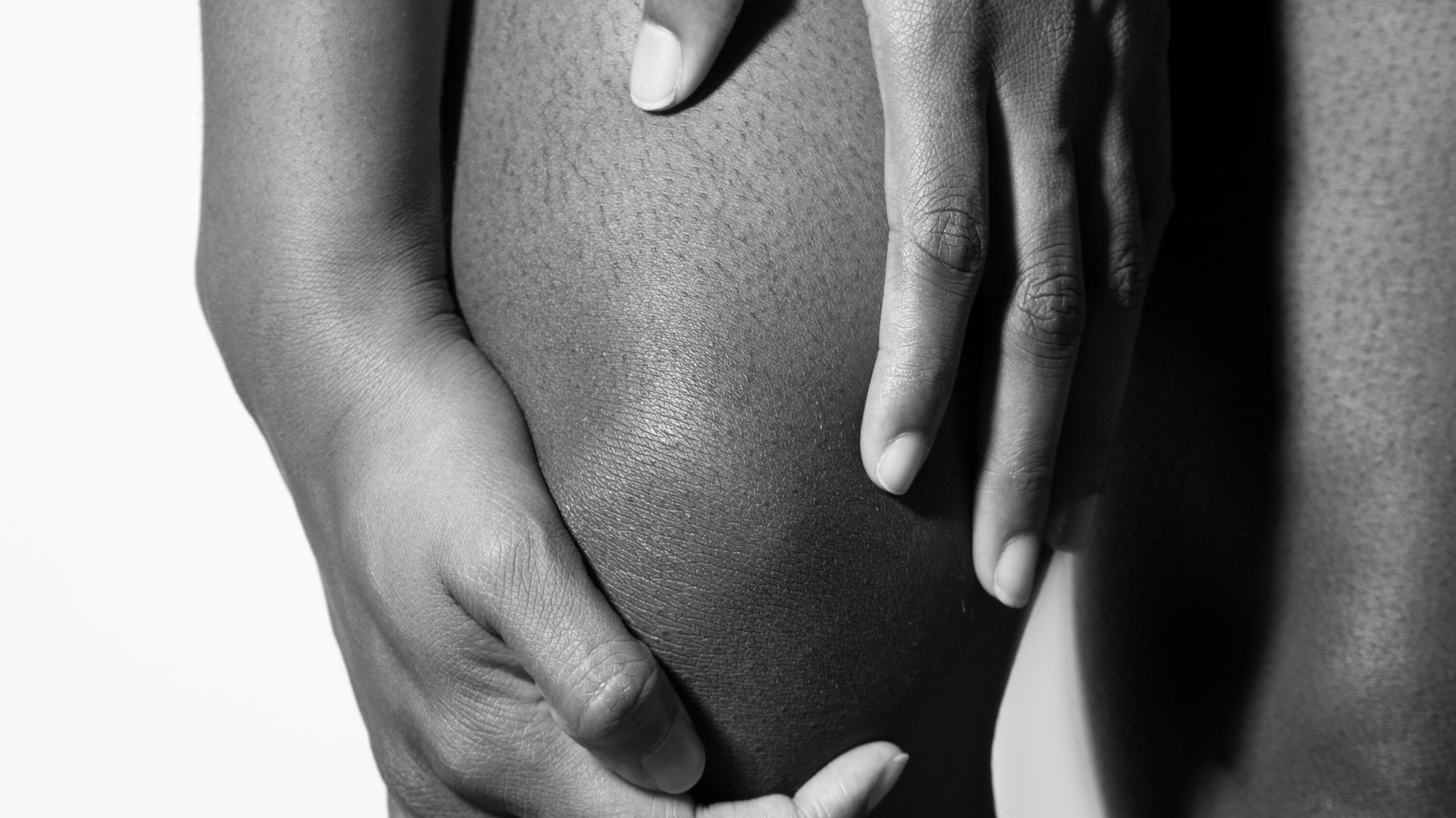Home / Health / Knee Osteoarthritis Patients Defy Limits with Innovative Treatments
Knee Osteoarthritis Patients Defy Limits with Innovative Treatments
3 Nov
Summary
- 42-year-old Jen Murphy manages advanced knee osteoarthritis with physical therapy and strength training
- Worldwide knee osteoarthritis cases predicted to rise 75% by 2050 due to aging, population growth, and obesity
- Experts recommend aerobic exercise and strength training to manage pain and improve mobility

As of November 4th, 2025, Jen Murphy, a 45-year-old woman, has been managing her advanced knee osteoarthritis for the past 3 years through a combination of physical therapy and strength training. This approach has allowed her to continue enjoying activities like running, snowboarding, and surfing largely free of pain.
Knee osteoarthritis is a growing concern worldwide, with nearly 20% of Americans aged 45 and older currently affected. Experts predict the global number of cases will increase by nearly 75% by 2050, driven by an aging population, population growth, and the rise of obesity.
Knee osteoarthritis is a degenerative condition that gradually wears down the cartilage in the joint, eventually leading to the bones grinding against each other and causing symptoms like stiffness, swelling, and persistent ache. While the condition cannot be reversed, experts agree that the best way to manage the pain and improve quality of life is through increased movement, not less.
Exercise helps lubricate the knee joint, reducing stiffness and improving mobility. Aerobic activities like swimming, cycling, and brisk walking have been shown to consistently outperform other exercises in reducing pain and enhancing quality of life for those with knee osteoarthritis. Strength training, particularly targeting the quadriceps muscles, is also crucial for supporting the joint and potentially delaying the need for knee replacement surgery.
By listening to their bodies and modifying their routines as needed, individuals with knee osteoarthritis can continue to lead active lifestyles and manage their condition effectively.




